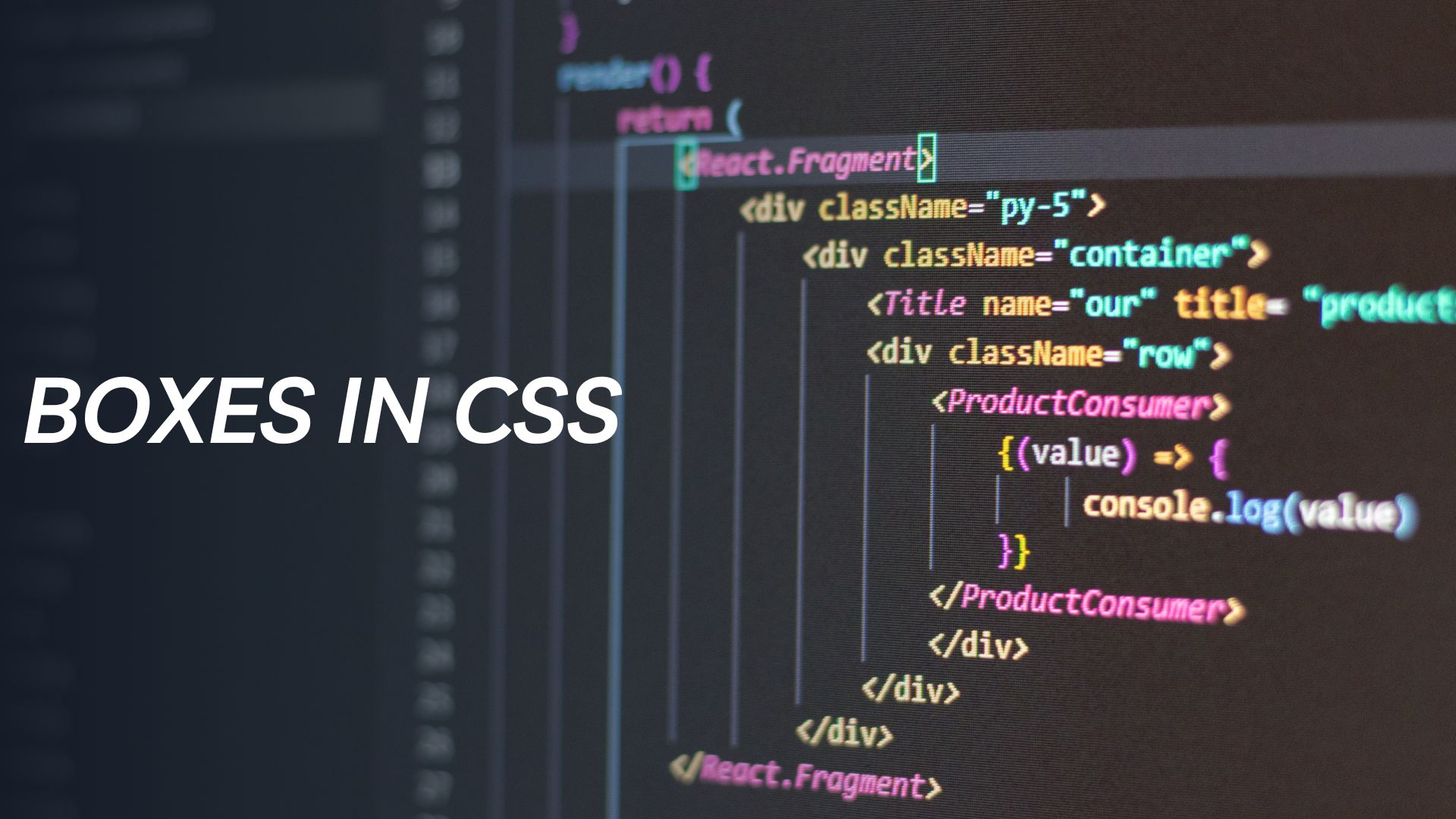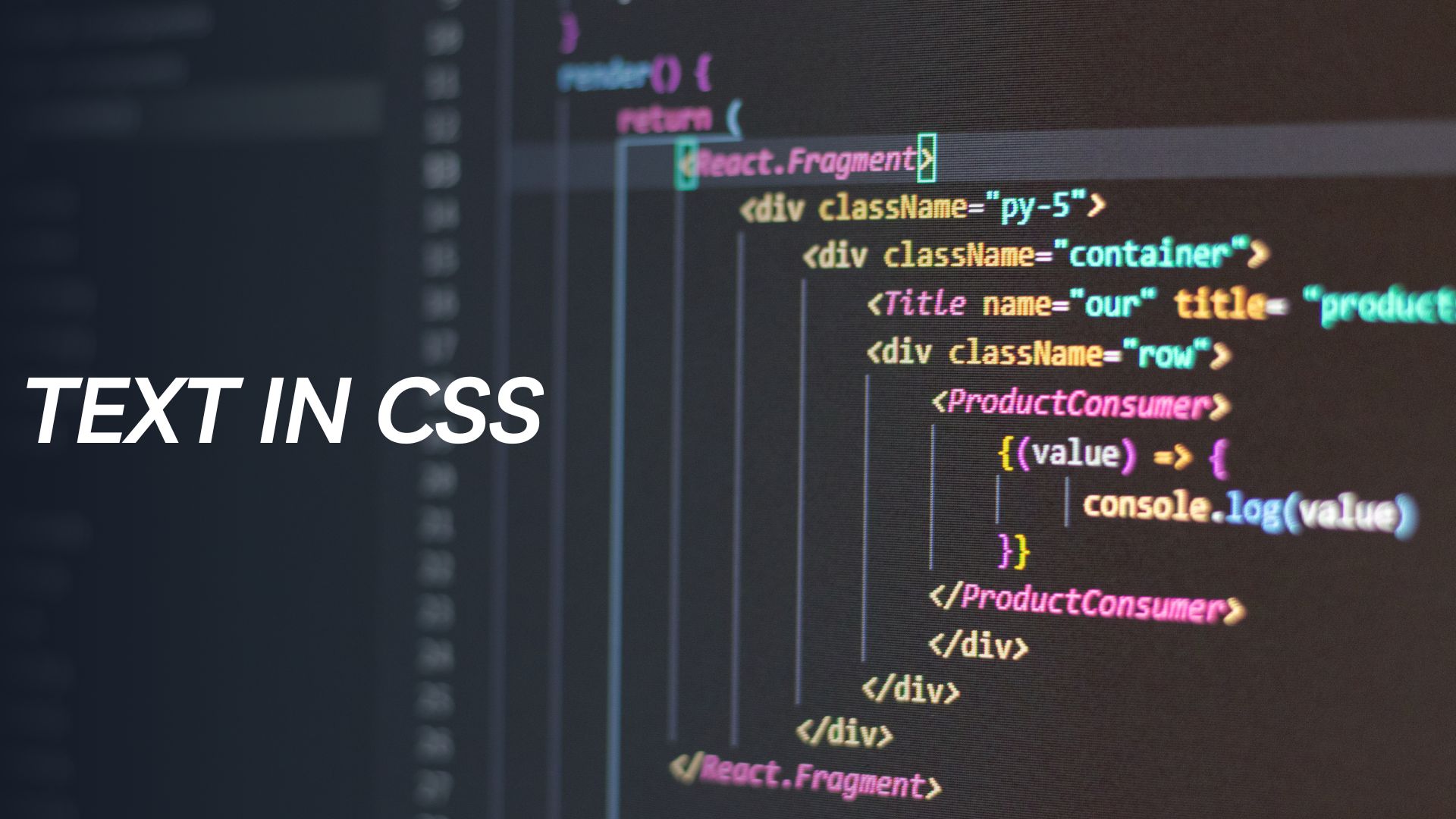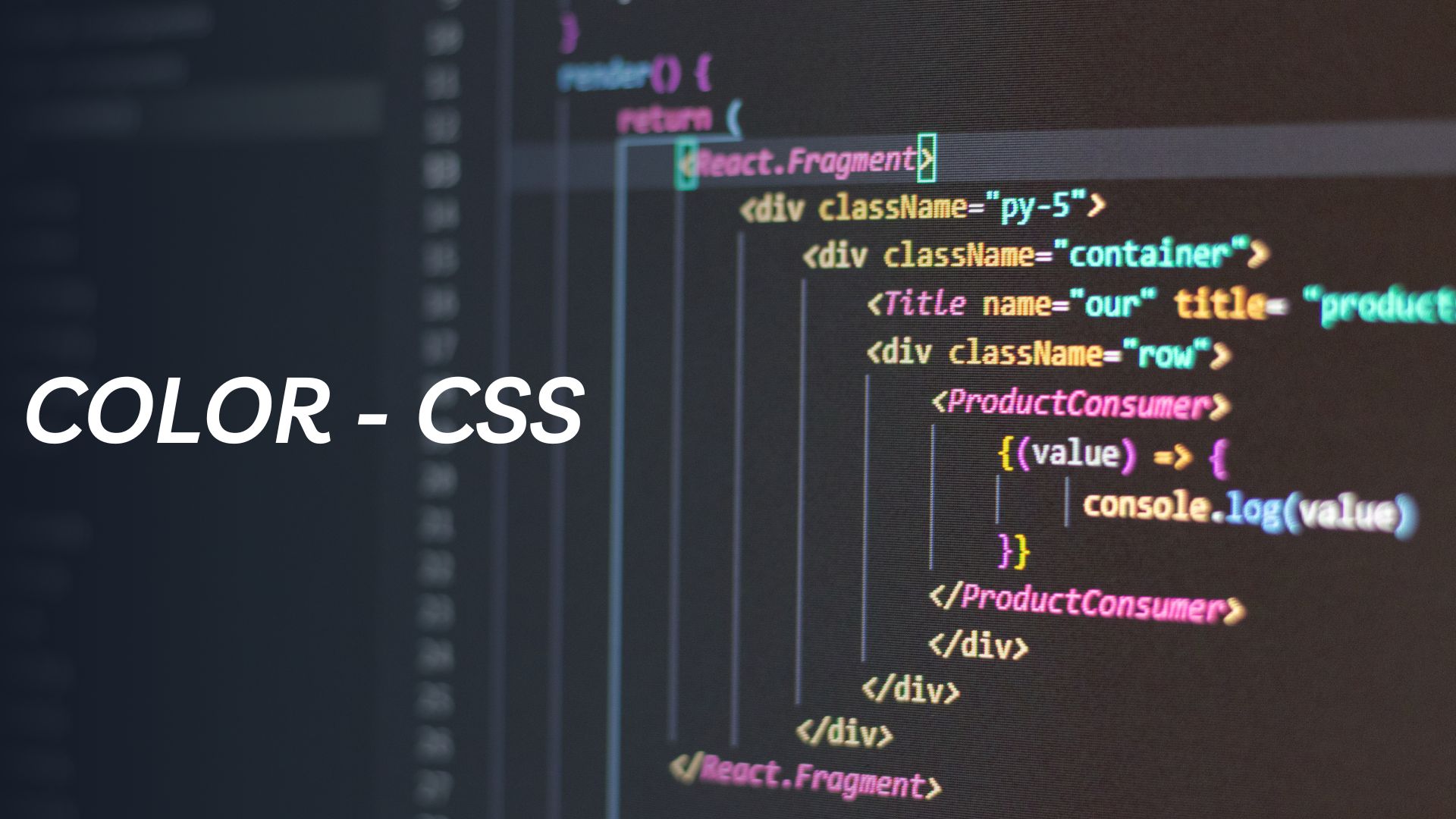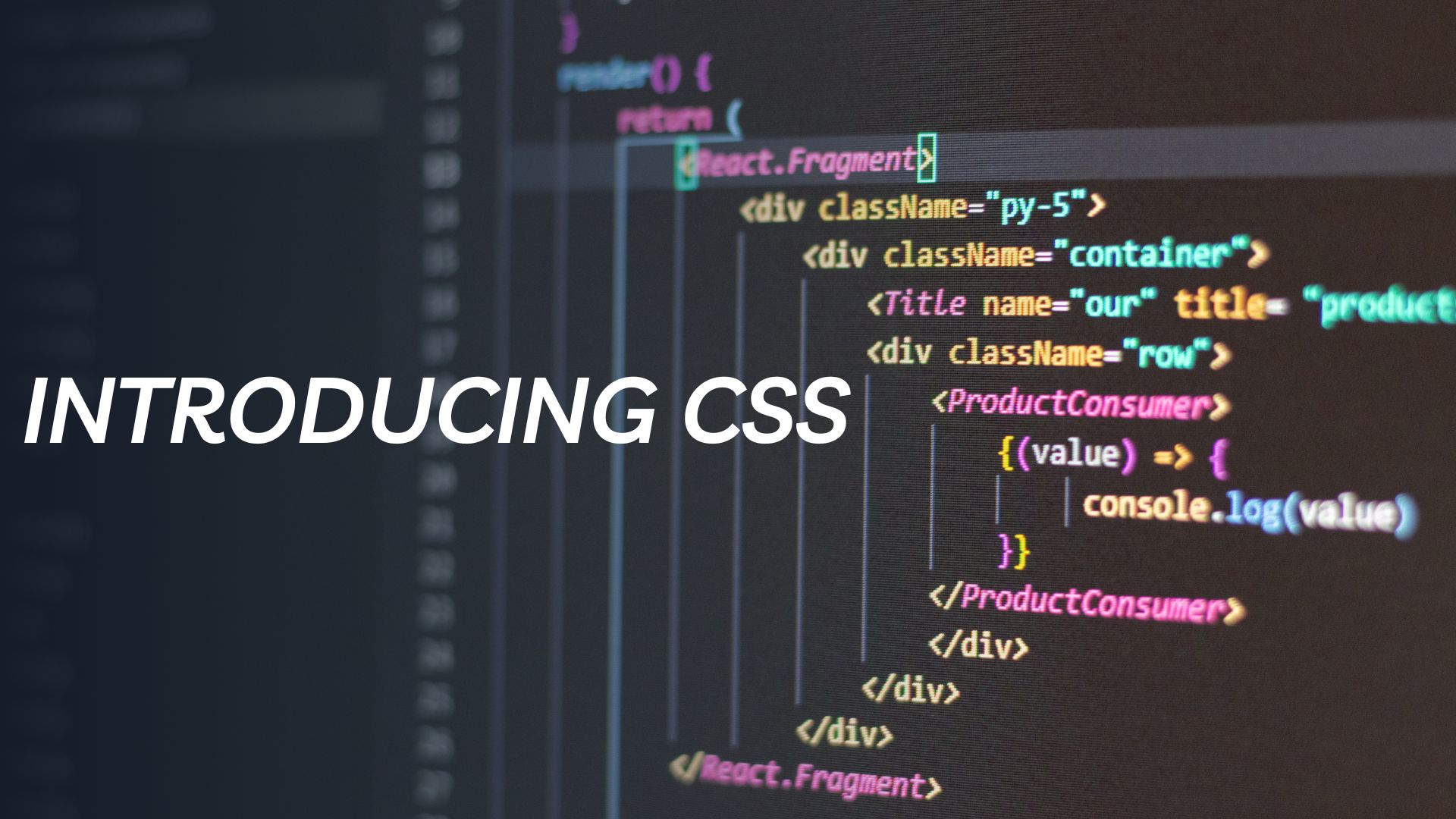-
-
-
-
-

Boxes in CSS
In CSS, the concept of “boxes” refers to how HTML elements are visually represented on a web page. Each HTML…
-

Text in CSS
In CSS, there are several properties that allow you to style and format text. These properties give you control over…
-

Color in CSS
In CSS, the color property is used to set the text color of an element. It defines the foreground color…
-

Introduction to CSS
Introducing CSS (Cascading Style Sheets): CSS, short for Cascading Style Sheets, is a fundamental technology used in web development to…
